
In this report, we use the term ‘peer-on-peer’ while recognising its limitations. School and college leaders should create a culture where sexual harassment and online sexual abuse are not tolerated, and where they identify issues and intervene early to better protect children and young people. Just as in-person interactions can which of the following is a type of indirect peer pressure? be both positive and negative, communication through social media can also have a positive or negative effect. Social media is constantly available, enabling teens to receive those messages 24 hours a day, 7 days a week. This means social media has great potential to amplify feelings of peer pressure, both negative and positive.

How does the current system of safeguarding listen to the voices of children and young people?
- For example, you may feel pressure to do unsafe things that have risks you may not fully know.
- For example, you may carry the pressure of academic achievement into your career.
- There are also many ways to describe those who are alleged to have carried out any form of abuse.
Because of this, many teens are more susceptible to influence from older or more popular friends. Peer pressure is usually used to persuade individuals to join in on group activities. Some negative examples of peer pressure may include playing a prank, breaking the rules, or doing something illegal. Most of the time, teens may feel pressured to take part in such activities, even if their conscience tells them not to.
Spoken vs. Unspoken Peer Pressure – Guide for Adult Leader
Peer pressure refers to the fact that peers can pressure one another to engage in certain behaviors — both positive and negative. For example, if a person sees that their group of friends spends a lot of time drinking, they may feel pressure to drink, even in the absence of direct peer pressure. Given the effects that peer pressure can have on adolescents and teens, it’s important for parents to encourage open communication and help their child prepare for situations of negative peer pressure.
How can parents help with peer pressure?
Of course, you probably wish all pressure from peers was positive, but the reality is that it’s not as common as the negative form. So, friends motivate someone struggling with their mental health issues by suggesting they seek professional help to not struggle alone, thereby offering tangible emotional support. Adults experience similar scenarios in professional environments where they aim for acceptance by colleagues in order to achieve advantages such as promotions or favoritism. In other words, peer pressure is when someone is influenced by their peers to do something they may not be comfortable with. This leads to peer pressure – a phenomenon where someone feels pressured into doing something in order to be part of an in-group. If peer pressure has negatively impacted your life, a therapist can offer compassionate and confidential help.
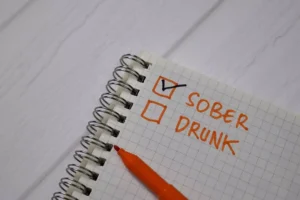
Many schools recognised the importance of family involvement and the need to support parents and carers. In some schools, leaders said they would appreciate more support services for perpetrators of harmful sexual behaviour, especially at an early stage, when inappropriate and problematic behaviours are first identified. In light of this, all schools should take a whole-school approach to tackling sexual harassment and online sexual abuse because it is likely that they are underestimating the scale of the problem. This should include speaking to children, and listening https://ecosoberhouse.com/ to their views and experiences and using these to inform a preventative approach to sexual harassment and sexual violence, including online sexual abuse. In September 2019, when this requirement was brought in, we expected to see a substantial flow of evidence about these issues, given that there was already considerable information about their prevalence in schools. It is surprising that, in the inspections we looked at for the review, only 6% of schools gave evidence of sexual violence and sexual harassment, including online, in response to the request.
- While figures are high for both groups, this increase could suggest that sexual harassment and violence, including online, happen more as children and young people grow older, or that they become more aware of them.
- Positive peer pressure manifests through peers motivating each other towards helpful, healthy choices.
- They either did not identify sexual harassment and sexualised language as problematic or they were unaware they were happening.
- Educators can also provide students with opportunities to practice their communication skills in situations where they may need to resist peer pressure.
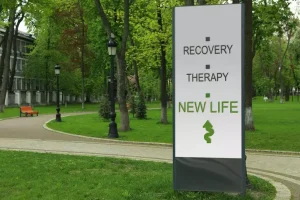
For example, if a group of good friends wants to get good grades, an adolescent may be positively influenced to study. Between September 2019 and March 2021, ISI reports that it received 37 complaints against schools about peer-on-peer sexual abuse and that all were logged as safeguarding concerns and referred to the DfE. Our sample sizes are also not big enough to draw any conclusions about the protection of children from minority ethnic groups or those with special educational needs and/or disabilities (SEND). Reporting of sexual abuse by these children is thought to be even less common.
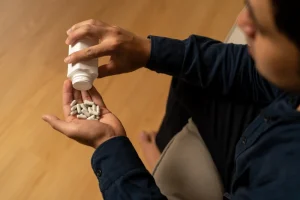
1. Peer Pressure on Social Media Across Cultures
It is concerning that for some children, incidents are so commonplace that they see no point in reporting them. It recommends that schools, colleges and multi-agency partners act as though sexual harassment and online sexual abuse are happening, even when there are no specific reports. We found that they included appropriate consideration and clear evaluation of how well schools managed their procedures and policies related to safeguarding and handling complaints.
Leadership tool
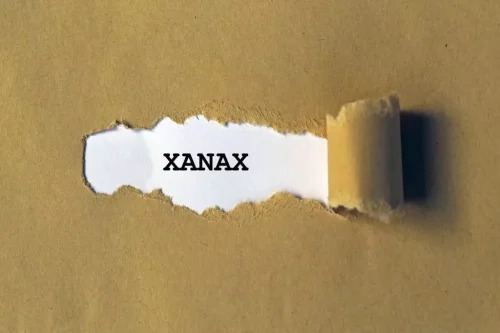
It can be helpful to remember that a person does not have to do everything that their peers do. Children’s Health offers one of the most comprehensive specialty programs available for children and teens who need psychiatry and psychological services. We’re recognized experts on treating eating disorders, depression and other mood disorders. For example, envision saying ‘no’ firmly in various scenarios – cheating, substances, theft.
The guidance acknowledges that professionals may be required to make complex decisions in situations of peer-on-peer sexual harassment and sexual violence, including online. It stresses the importance of effective training and clear policies for staff to help them take a considered and appropriate response. In some schools, leaders’ estimation of the scale of the problem was more aligned with that of the children and young people’s perceptions than that of teachers. This may be explained by the fact that leaders and DSLs typically deal with confidential safeguarding cases. However, it does point to the need for development and training for all school staff on prevalence and what constitutes harmful sexual behaviour.
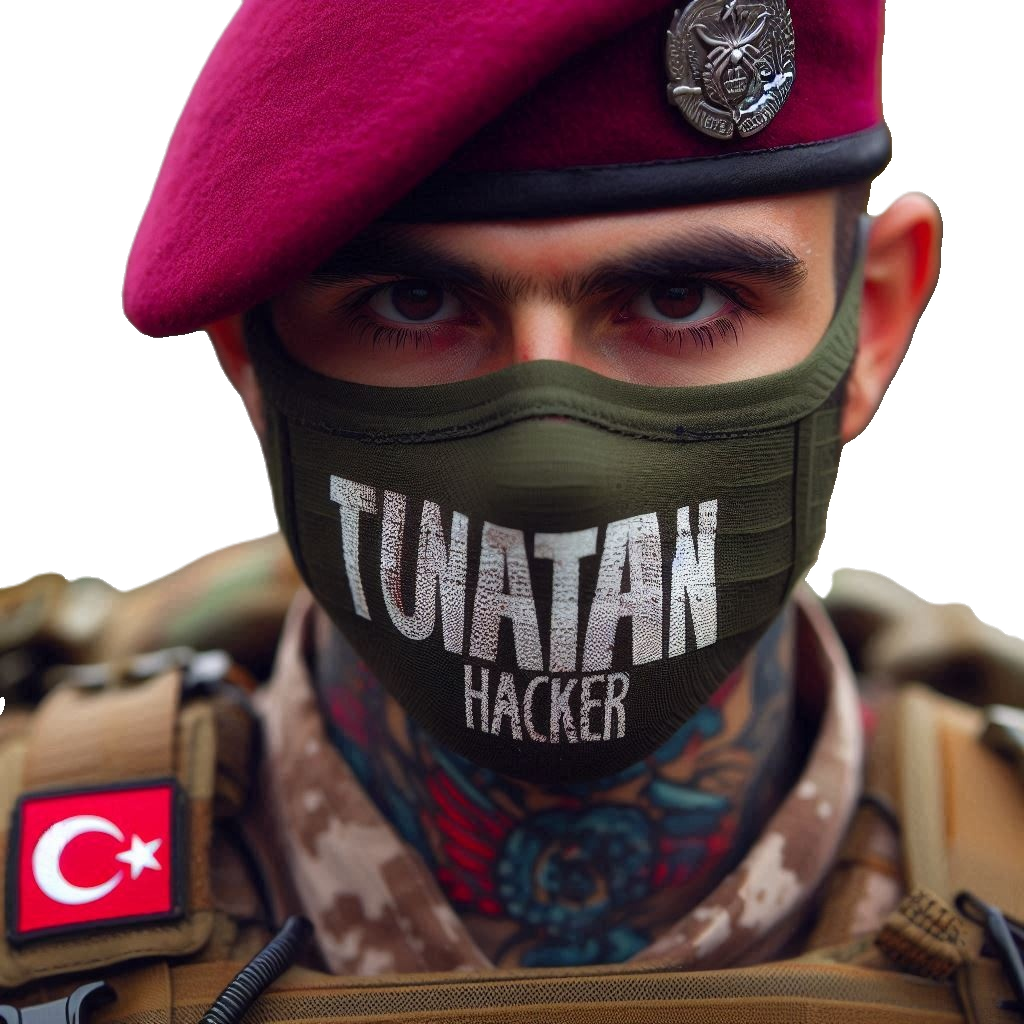
Laisser un commentaire